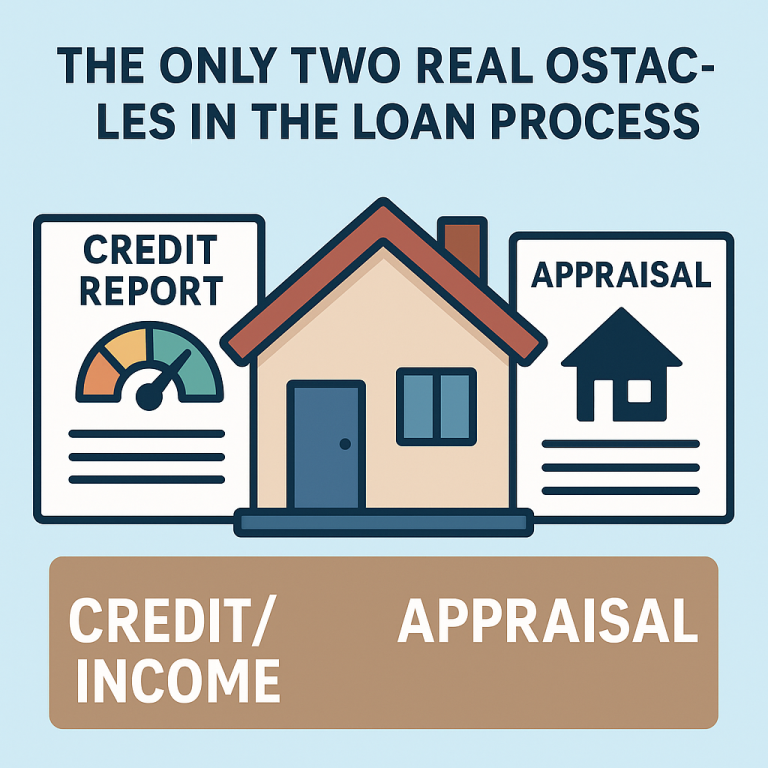When it comes to purchasing a home, your monthly income is the most influential factor, surpassing even your credit score and available cash. Understanding how your income impacts your purchasing power is essential for aspiring homeowners.
Let’s explore this concept with practical examples and actionable insights. Consider this scenario: You earn $100,000 annually, and based on your income, you qualify for a $600,000 house. Now, imagine you secure a higher-paying job, increasing your annual income by an additional $100,000. In general, lenders typically allow borrowers to take on around 5 1/2 to six times their annual income when determining the purchase price of a new home. While this isn’t a strict rule, it serves as a helpful guideline to gauge affordability.
So, with your increased income, your purchasing power rises accordingly. You might now qualify for a higher-priced home, perhaps in the $700,000 to $800,000 range, depending on your lender’s criteria. But what if increasing your income isn’t feasible? Enter the option of adding a cosigner to your mortgage loan. A cosigner can be anyone willing to take on financial responsibility for the loan alongside you—whether it’s a family member, friend, or trusted individual. Adding a cosigner effectively boosts your combined income, enhancing your ability to qualify for a larger loan amount. This is particularly beneficial if your primary income alone doesn’t meet the affordability threshold required by lenders. By leveraging the cosigner’s income, you can bridge the gap and potentially afford a more expensive home.
Let’s illustrate this with an example: You’re preapproved for a $600,000 home based solely on your income. However, with the addition of a cosigner, your combined income increases, allowing you to qualify for a higher-priced home, such as one valued at $700,000 or more. It’s important to note that adding a cosigner is a significant decision, as both parties share responsibility for the mortgage loan. However, it can be a viable solution for increasing purchasing power and achieving homeownership. Another way to enhance your purchasing power is by making changes to your employment status. For instance, transitioning from an hourly wage to a salaried position or from a commission-based role to a salary-based one can significantly impact your income stability and, consequently, your ability to qualify for a larger loan amount. Let’s break down the impact of changing jobs: Suppose you switch from an hourly position earning $50,000 annually to a salaried role paying $80,000 per year. This increase in income could elevate your purchasing power, potentially enabling you to afford a higher-priced home.
By discussing your employment changes with your mortgage lender, you can explore how these adjustments will affect your loan qualification and affordability. In summary, your monthly income plays a pivotal role in determining your purchasing power when buying a home. Whether through salary increases, adding a cosigner, or changing employment status, there are various ways to enhance your ability to afford a home. However, it’s crucial to approach these decisions thoughtfully and with guidance from an experienced lender. By understanding the impact of your income and exploring available options, you can make informed choices that align with your homeownership goals. Don’t underestimate the power of your monthly income—it can be the key to unlocking your dream home.
Looking to buy a home? Get a no- cost quote today!
Share:
RELATED MORTGAGE ADVICE FROM SCOTT SHELDON
VA and FHA Loans in Community Property States
If you’re applying for a VA or FHA mortgage in a community property state—such as…
When to Rent Instead of Buy: Key Situations Where Renting Makes More Sense
Buying a home is often described as the ultimate step toward financial independence, but it…
View More from The Mortgage Files:
begin your mortgage journey with sonoma county mortgages
Let us make your mortgage experience easy. Trust our expertise to get you your best mortgage rate. Click below to start turning your home dreams into reality today!



